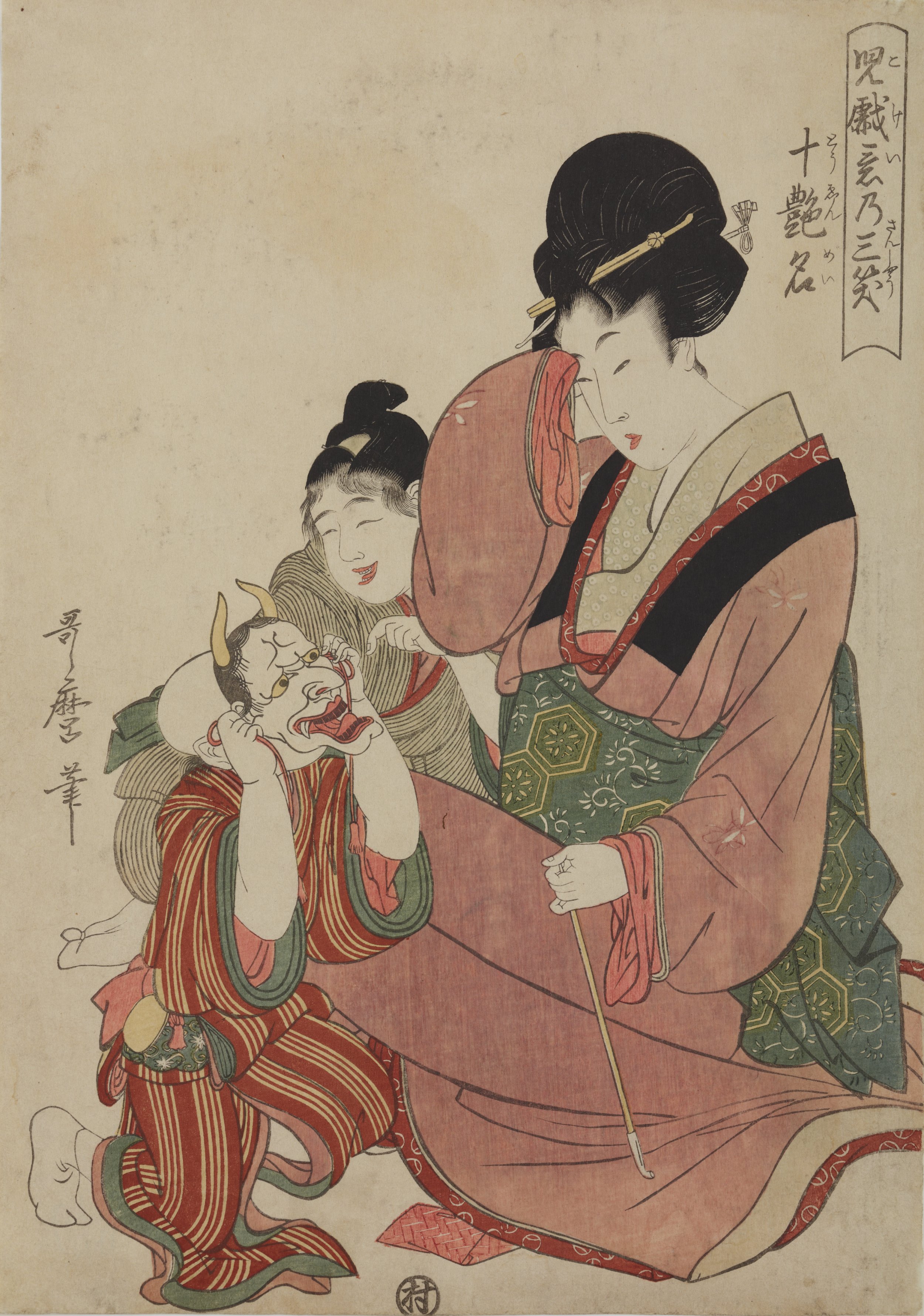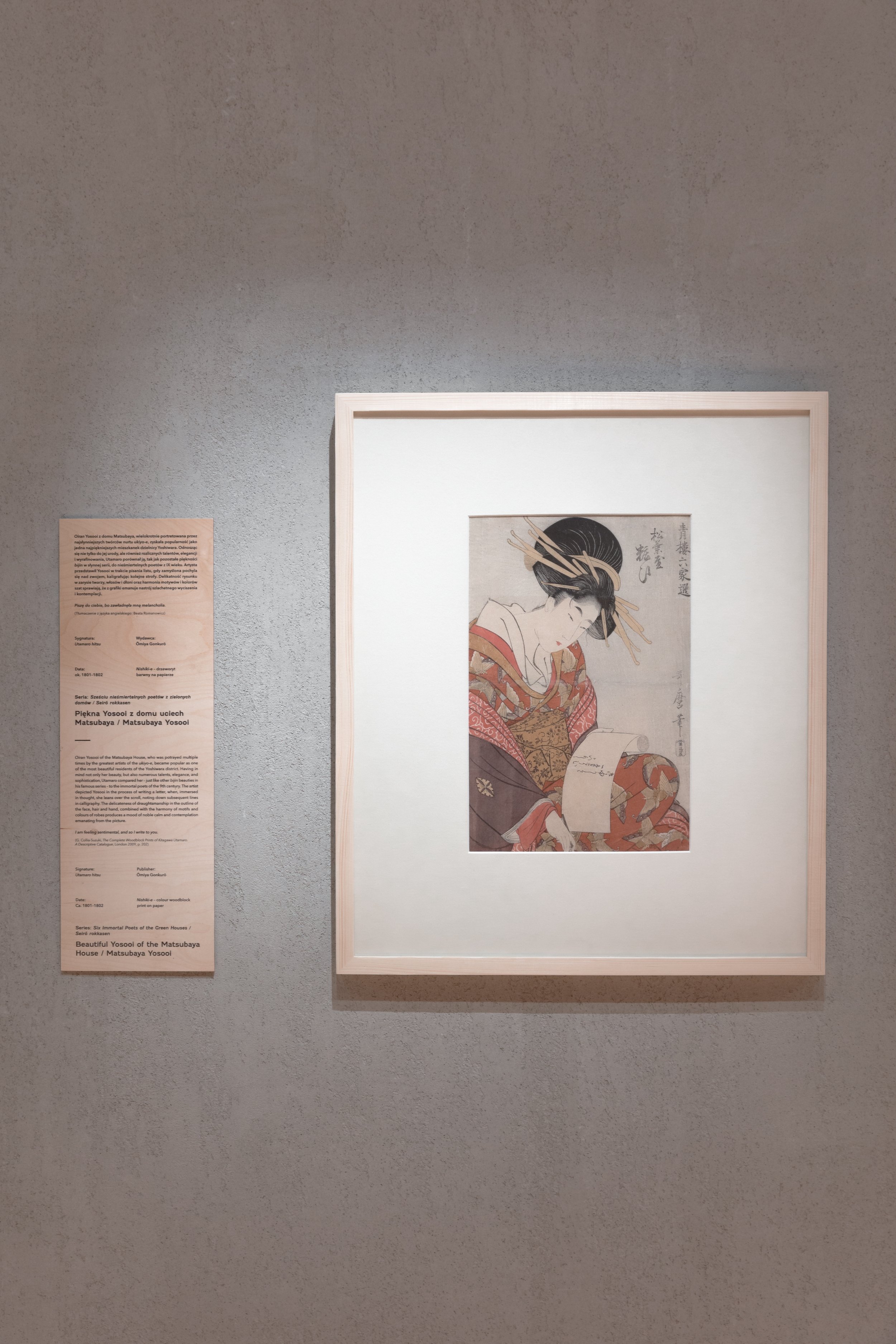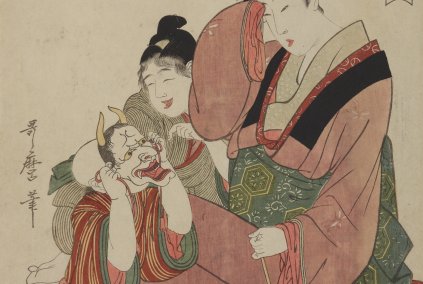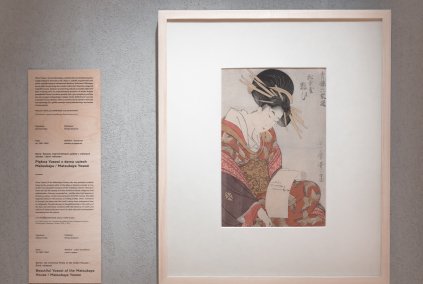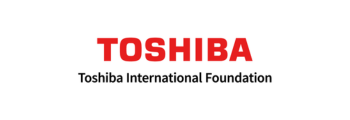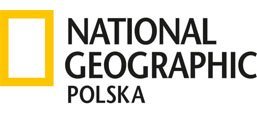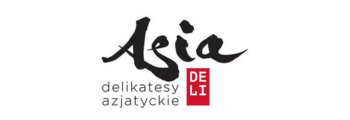MNK The Main Building
al. 3 Maja 1- Monday: closed
- Tuesday - Sunday: 10.00-18.00
Information and reservations on weekdays 9 a.m.- 4 p.m.
Director of the National Museum in Krakow
Deputy Director for Scientific Activities
Deputy Director for for Exhibition Activities
Deputy Director for Strategy and Communications
Deputy director for the Management
Chief Accountant
Chief Cataloguer of the National Museum in Krakow
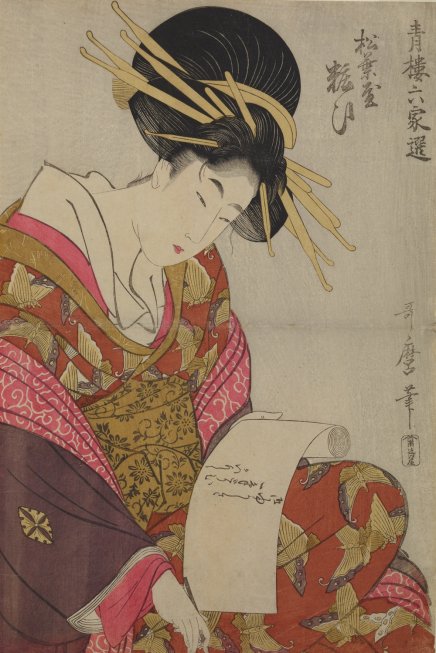
Japanese woodblock prints from the collection of the National Museum in Krakow
It is with great satisfaction that we invite visitors to an exhibition of the works of Kitagawa Utamaro (1754–1806), one of the greatest masters of Japanese woodblock prints of the Edo period (1603–1868).
Utamaro, widely regarded as connoisseur and bard of feminine beauty, was one of the first Japanese to fall under the spell of a fascination with the Western world in the early 19th century. His brilliant and timeless stylistic and formal achievements, including close-up framing of the subject, half-length views from the knees up, and a completely innovative portrait framing of faces called ōkubi-e (large-headed pictures), influenced the way that later Japanese artists portrayed figures.
The narrative of the exhibition will be based on the classic thematic categories which organise Japanese art, such as bijin-ga (portraits of beautiful women) or boshi-e (pictures of mothers with children, illustrating their shared fun and games, often with a considerable sense of humour which was also appreciated by viewers beyond the borders of Japan). Of special interest are two unique Utamaro prints which are the only existing copies in the world, both of which are the property of the National Museum in Krakow. The first of these, depicting the samurai Minamoto-no Yorimitsu hunting, is considered to be of the musha-e type, that is images of warriors, while the second, entitled “Planting rice”, draws on the fūkeiga style of landscape painting.
The woodblock prints will be presented in a way that relates to the daily reality of life and the culture of the times in which they were created and the world in which the master Utamaro lived. To facilitate this, the exhibition space will be complemented with artistic handicrafts, including lacquerware, utensils for calligraphy, and musical instruments. To draw attention to the beauty of the garments worn by the figures in the portraits, historic textiles will be displayed, including kimonos and other costumes along with accessories such as traditional haori jackets, michiyuki travelling cloaks, geta sandals, fans, mirrors, and furoshiki wrapping cloths.
The exhibition, which will place the artist and the world of the people he portrayed amongst a specific ensemble of traditional Japanese motifs, will show in total approximately 300 items.
An unprecedented strength of the planned exhibition is the possibility to create a complete narrative based solely on collections owned by the National Museum in Krakow, deriving both from the historic donation by Feliks “Manggha” Jasieński in 1920 and from the exceptionally precious acquisitions of recent years (such as the Japanese items purchased from the collection of Józef Mehoffer), as well as from donations made to the NMK after 2005.
Thanks to this outstanding collection and many years of development of assets in substantive and conservation terms, we are able to present a multi-dimensional exhibition which we believe will delight very diverse audiences.
Curator: Beata Romanowicz
Exhibition coordinator: Katarzyna Myszor
Realisation of the exhibition “Japanese woodblock prints from the collection of the National Museum in Krakow”
Co-financed by the Minister of Culture and National Heritage
